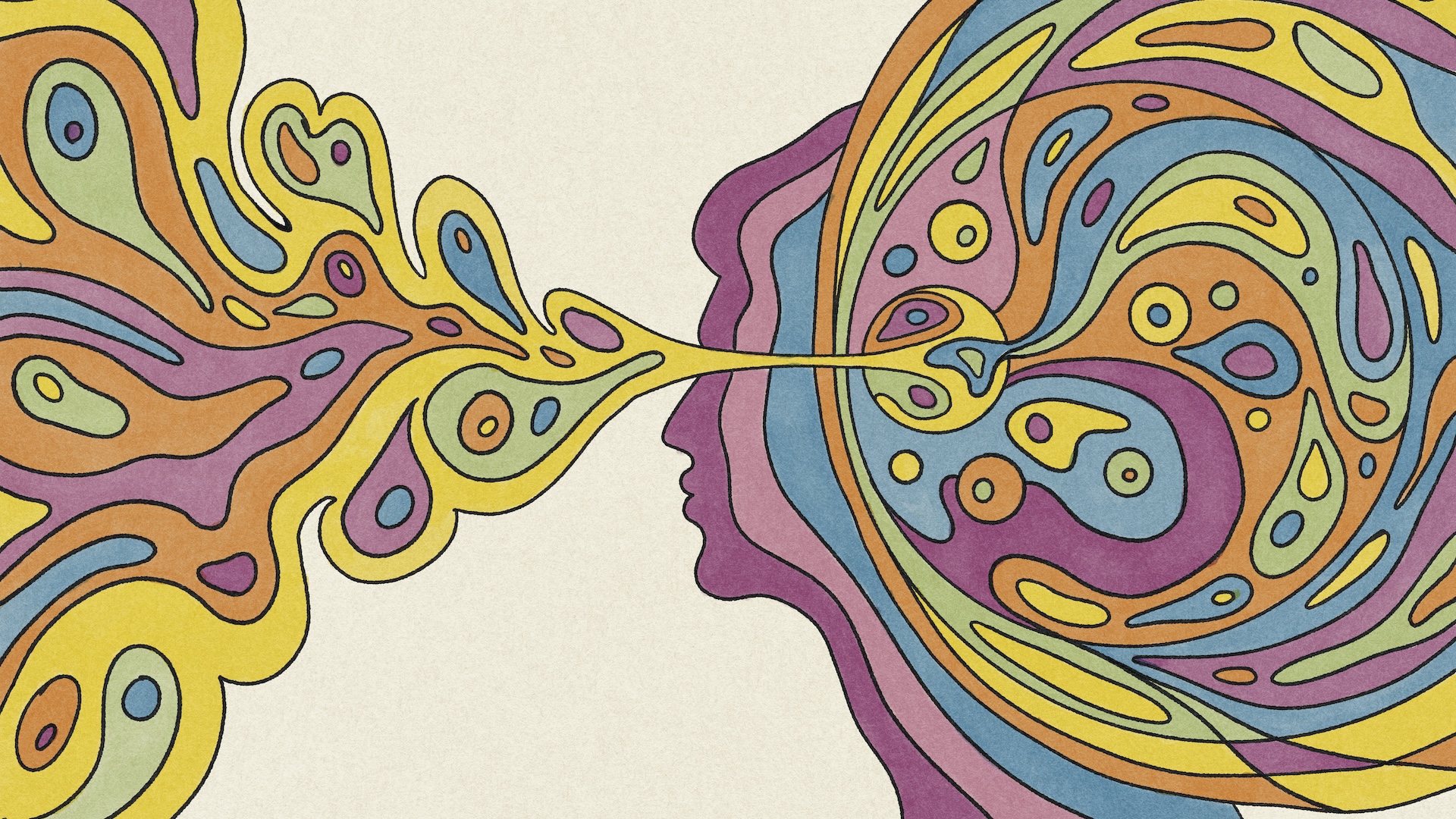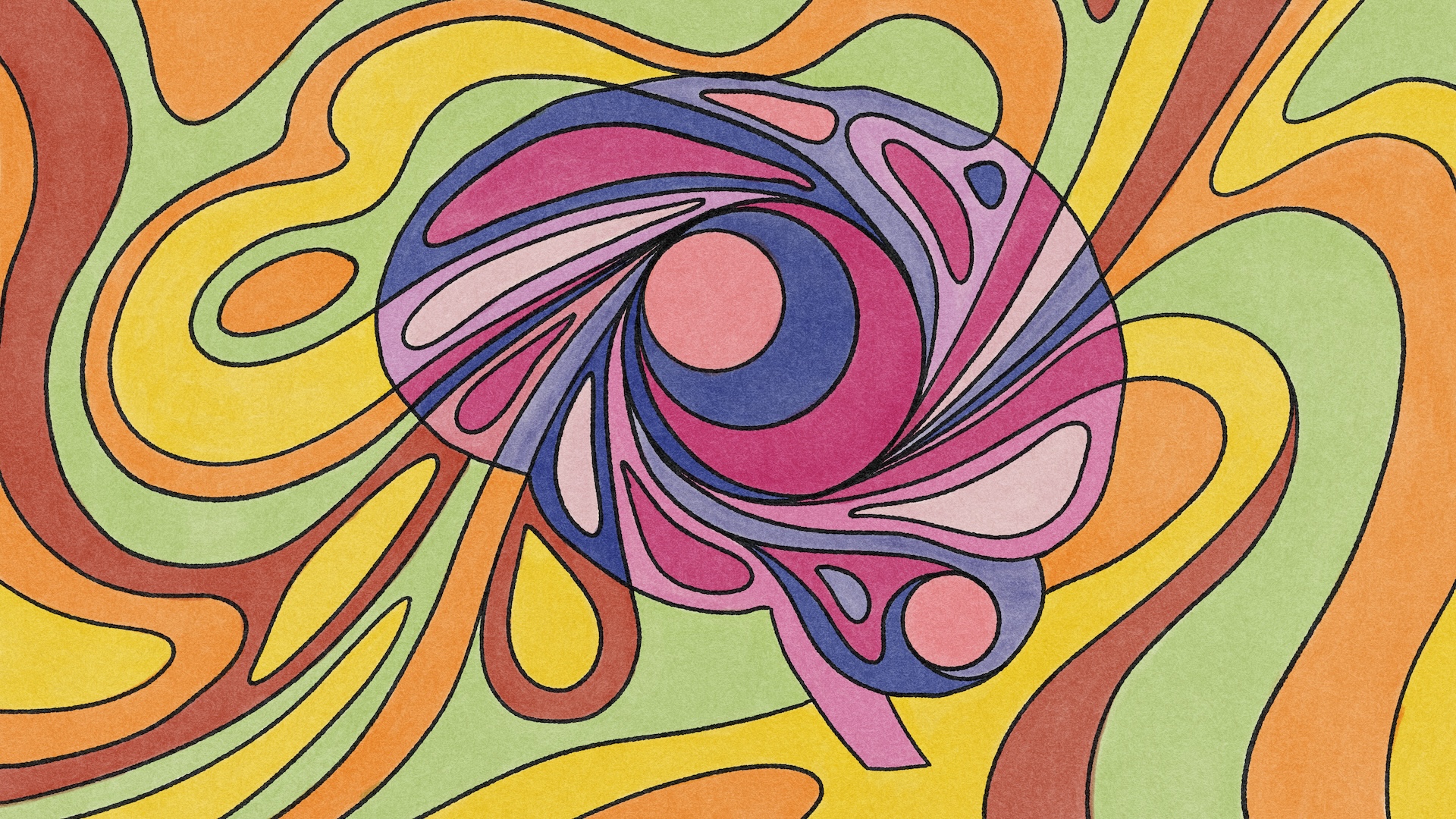
One of the key areas that artificial intelligence (AI) threatens to disrupt is human creativity — and the rise of generative AI has certainly thrown art into the spotlight. While fears remain that AI may replace human input and agency across society, a different approach suggests humans will meld with AI in some capacity — with the new technologies augmenting us rather than undermining us.
In "Centaur Art: The Future of Art in the Age of Generative AI" (Springer, 2024), computer scientist Remo Pareschi explores the notion of "centauric intelligence" — an integration of human and computing intelligence — and its impact on the future of art. In this excerpt, Pareschi explains how our primal fears are misguided and argues that the rise of AI may, in fact, help human creative endeavors transcend to new heights.
As we revisit our initial, most pressing concern — will artificial intelligence surpass human creativity in artistic endeavors? — it's crucial to recognize that the question, as commonly posed, is somewhat misdirected. Unlike games such as chess or Go, art cannot be measured by a simple win-lose metric. The fear, however, is similar: could humans be supplanted in artistic production as they have been in high-level chess?
Our analysis, grounded in cognitive considerations and carried out in the pages to come, suggests a nuanced answer. At the pinnacle of creativity — where inspiration, conception and originality reign — AI is an enhancer, aiding in realizing powerful and original works. In such contexts, the human artist's role remains paramount, with AI serving as a tool to augment their creative vision. Conversely, AI's role can become more structured or repetitive. It can automate the production of routine outputs such as certain types of commercial illustrations, brochures, or video game characters. This automation significantly impacts professionals in these fields, who may rely on such work for their livelihood. Consequently, these individuals may view the advent of AI technologies with apprehension and concern.
Economic and legal implications
The economic threat of generative platforms is closely intertwined with concerns about copyright infringement. A notable legal action in this arena occurred in January 2023, when a group of artists filed a class-action lawsuit against Stability AI, Midjourney, and DeviantArt. The lawsuit centered on the alleged unauthorized use of artists' works to train AI tools, sparking a debate over the legal and ethical boundaries of AI in art.
The highlighted lawsuit underscores the ongoing tension between AI’s innovative potential in art and individual artists’ rights. Plaintiffs in the case argued that AI tools were creating derivative works based on their styles without proper authorization or compensation. In contrast, the AI art companies defended their actions, asserting that the AI-generated images were transformative and original, thus not violating any laws. In a significant development in October 2023, a US judge dismissed most of these claims due to a lack of direct infringement evidence.
On the other hand, to complicate matters further, the US Copyright Office in September 2023 rejected copyright protection for Theatre D’opera Spatial, an artwork predominantly created by AI and crafted by artist Jason Allen. This artwork had previously won an art contest, but the Copyright Office’s decision was based on the lack of significant human intervention in its creation. This stance contrasts with the position of Lawrence Lessig, a Harvard Law School professor and a renowned expert on Internet and law issues. Lessig advocates for the recognition of copyright in prompt-generated artworks, arguing that they are original and creative, embodying the human input of the prompter. He believes these works should be treated on par with other technologically aided art forms and that they have the potential to invigorate the art world by inspiring current artists and drawing in new audiences interested in AI's artistic capabilities.
Interestingly, international perspectives on this issue vary. In November 2023, a Chinese court ruled that AI-generated content could be protected under copyright law, which starkly contrasts with the human authorship requirement under U.S. copyright law.

Thus, despite these legal battles, the issue of copyright infringement in AI art remains unresolved, with the potential for future challenges and changes in various jurisdictions. This uncertainty underscores the evolving nature of art in the digital age and the need for a balanced approach that respects both innovation and artists’ rights.
A striking example of the social impact of generative platforms is the publication of Sunyata by Eris Edizioni, an Italian graphic novel authored by philosopher and digital artist Francesco D'Isla that combines AI-generated images with traditional text. The novel ignited controversy among artists and comic book creators, who criticized its use of AI as undermining artistic integrity and economic fairness. The author and publisher defended their work as a legitimate artistic endeavor, emphasizing their careful use of prompts and adherence to a Creative Commons license.
This case exemplifies the broader debate surrounding AI in art: balancing technological innovation with ethical considerations and the economic interests of human artists. As generative platforms continue to evolve, these discussions will likely intensify, shaping the future of art in the digital era. And yet, we might say that this is nothing new, with history repeating itself — the intersection of technology and art has always been a crucible of innovation and controversy.
Exploring new artistic avenues
Indeed, throughout history, technological advancements, from ink and paper to the development of cameras and computers, have continually opened new avenues for artistic expression. Yet, each technological leap has also brought ethical and social challenges, echoing today’s tensions between generativity and control, authenticity and originality, and the impact of digital platforms on the art market.
Historically, resistance to new art forms and technologies is not a novel phenomenon but a recurring pattern. For instance, the advent of photography in the 19th century was initially met with skepticism by some critics and artists, who viewed it as a mechanical, uncreative process threatening traditional art forms. Similarly, introducing sound and color in cinema faced opposition, with concerns about diminishing the artistic value of silent and black-and-white films. Just as photography and color cinema once disrupted artistic norms, today’s generative platforms like DALL-E, Stable Diffusion, and MidJourney are provoking similar debates in the art world.
To navigate this complex landscape, the insights of Walter Benjamin and John Maynard Keynes offer valuable perspectives. Benjamin was concerned about losing aura due to the mechanical reproduction of the work of art, but also recognized its democratizing potential. Generative platforms like DALL-E, Stable Diffusion, and MidJourney take this democratization one step further, making artistic creation more accessible and fostering a sense of community and creativity. Allowing users to generate and share art potentially fulfills Benjamin's social role in art.
While Benjamin's insights shed light on the cultural implications of technological advancements in art, John Maynard Keynes's concept of technological unemployment offers a crucial economic perspective. Among his many contributions to economic theory, Keynes, a prominent economist of the 20th century, explored the job loss caused by technological advancements, a form of structural unemployment that he viewed as a ‘temporary phase of maladjustment'. This perspective is particularly relevant when considering the fears among artists about AI-powered generative platforms. While some artists worry about the potential for AI to diminish the demand for human-made art, thus impacting their livelihoods, it's crucial to recognize that technological changes can also create new job opportunities and artistic avenues.
Keynes' insights remind us that, despite initial disruptions, technological advancements often lead to the emergence of new roles and industries. In the context of art, generative AI might challenge traditional practices and pave the way for novel forms of artistic expression and collaboration. This evolution necessitates a redefinition of art and its creators, a task we aim to address in this book.







